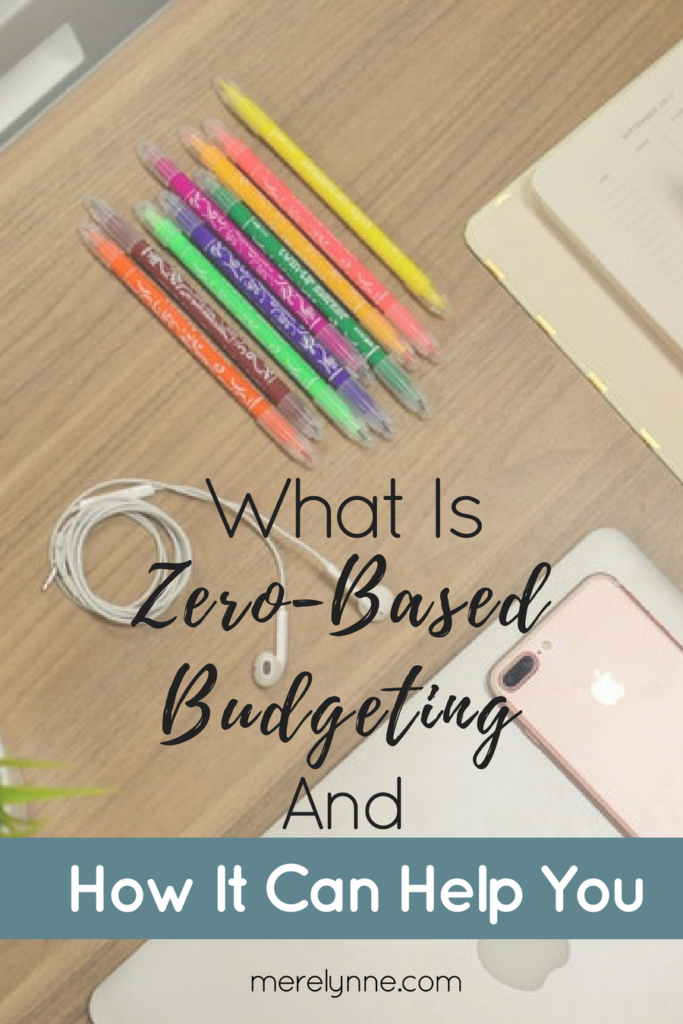
Do you have inconsistent income and expenses from month-to-month? Well if you do, and you find yourself struggling with using the traditional budget then switching to the zero-based budgeting could be the answer.
Have you heard of zero-based budgeting before? If not, let me break it down for you. It’s where you start over, fresh each period. So it could be the beginning of every month when a new set of expenses are going to be due or before you get paid again. You basically start from ground zero and build your budget around this month’s needs or the income you have coming in.
For instance, let’s say you have a consistent income because you’re paid on commission. Now most commission-pay employers work a month behind – meaning you get paid in February for the sales you made in January. It makes it easier to predict how much your paycheck is going to be because you should be keep track of your sales and commission rates.
Once you have your income amount, then you build your expenses around it. You first subtract out the necessary items – like rent, food, insurance, etc. Then you allocate money towards savings and debt. After those are taken care of you put some money towards retirement and any money leftover goes towards either more debt, more savings, or is play money.
This system works really great for those with inconsistent incomes, if you receive a hefty yearly bonus, or if you have fluctuating expenses – like traveling a lot one month compared to another or you have a variable payment rate on your mortgage or personal loan.
The key to the zero-based budgeting system successfully working is that your income minus expenses should equal zero. You should have no money leftover at the end of the month. If you do then that means you should have budgeted more towards your savings or paying down your debt. You want to make sure each cent of your income has a purpose.
It’s tough to get the hang of it, so it’s expected that you should leave a little wiggle room (I would say about $50) the first few months until you get your system perfected. But eventually you should end up with a zero leftover from your paycheck.
Here’s how to create your zero-based budget:
FIRST write down your monthly income. Again if it changes you will want to do this step beginning of each month or before each new pay period. If you have trouble predicting your income, then start by tracking your sales and commissions. You can create a simple Excel spreadsheet to track it all. Then you can start doing the math on your own.
SECOND write down your monthly expenses. Again, go in order of importance. Make sure you have a roof over your head and food in the fridge before anything else. Then add in your other living expenses like insurance, cell phone, etc. After those are written down, jot down your savings and debt amounts you want to make each month. All other expenses come next – eating out, gym membership, subscription services, etc.
THIRD write down your sinking fund expenses. Sinking funds are a great technique to save for almost anything you want – vacations, car repairs, property taxes, annual bills, activities for your kids, and so much more.
FOURTH subtract your expenses from your income. You should be left with $0 of income. You might have to do some juggling – putting extra money in savings, spending less on eating out, or something to get that number to zero.
FIFTH start tracking your spending. There are plenty of ways you can track your spending – you can use the envelope tracking system that holds receipts, you can use a budget template to help you stay on track, or anything else that works for you.
Latest posts by Meredith Rines, MBA, CFP® (see all)
- How To 10X Your Productivity With This Simple Tool // Using A Red Line Graph - June 24, 2020
- Mini DIY Office Makeover [Photowall Review] - June 17, 2020
- How To Track Your Projects and Profit With Subcontractors - June 11, 2020




